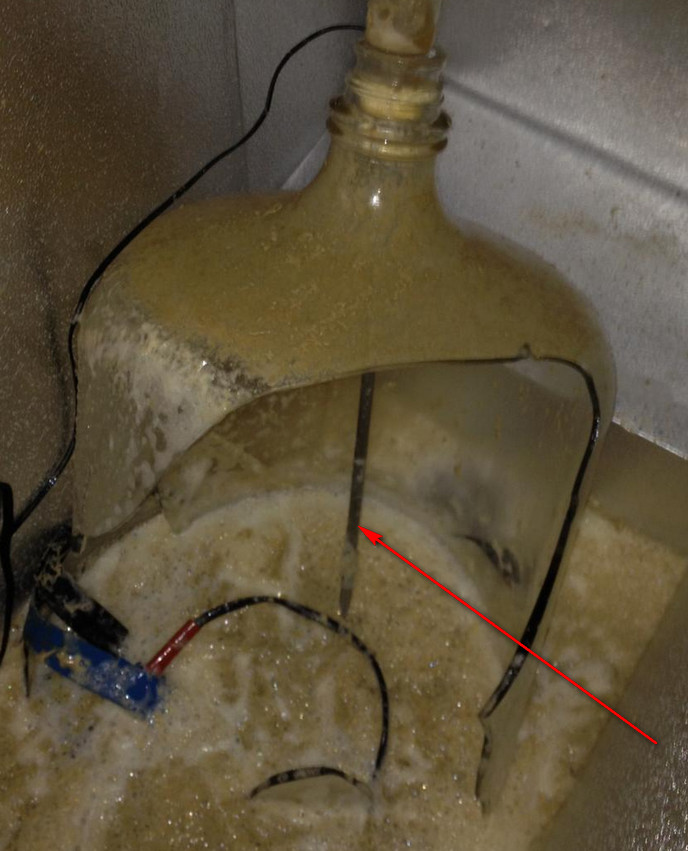Beernik
Well-Known Member
Glass is not a good conductor of heat. The reason you can cook with glassware is because it is thin. The reason you can grab the glass handle on the pot while it's on the burner is because glass is a poor conductor if heat.
A glass carboy is not as thin as a Pyrex pan. And a plastic bucket is a lot thinner than a Pyrex pan or a glass carboy.
Your argument would work it we were talking about 1/2" thick wall of plastic vs a 1/2" thick wall of glass. Instead we are talking about a 1/16" plastic wall vs a 1/2" thick glass wall.
A glass carboy is not as thin as a Pyrex pan. And a plastic bucket is a lot thinner than a Pyrex pan or a glass carboy.
Your argument would work it we were talking about 1/2" thick wall of plastic vs a 1/2" thick wall of glass. Instead we are talking about a 1/16" plastic wall vs a 1/2" thick glass wall.



















































![Craft A Brew - Safale S-04 Dry Yeast - Fermentis - English Ale Dry Yeast - For English and American Ales and Hard Apple Ciders - Ingredients for Home Brewing - Beer Making Supplies - [1 Pack]](https://m.media-amazon.com/images/I/41fVGNh6JfL._SL500_.jpg)










